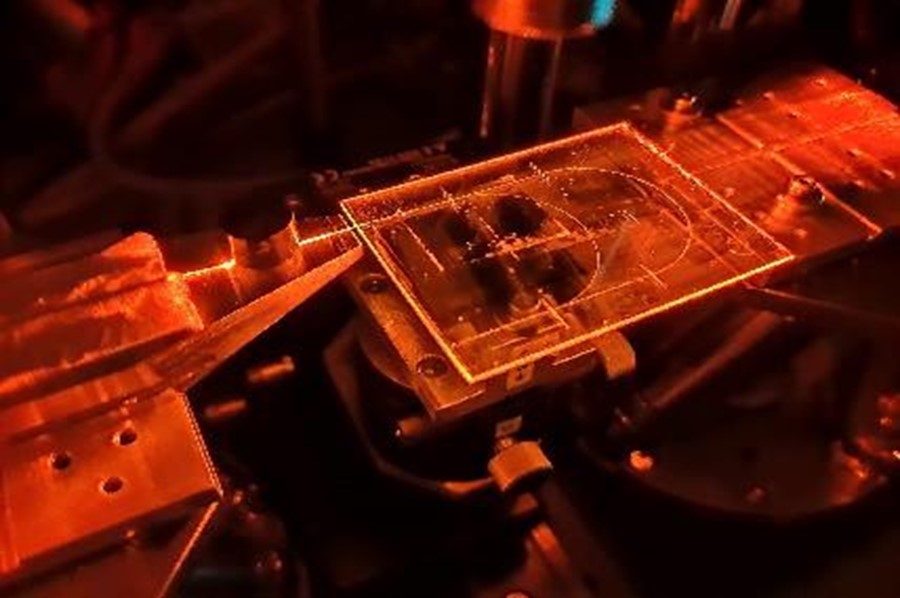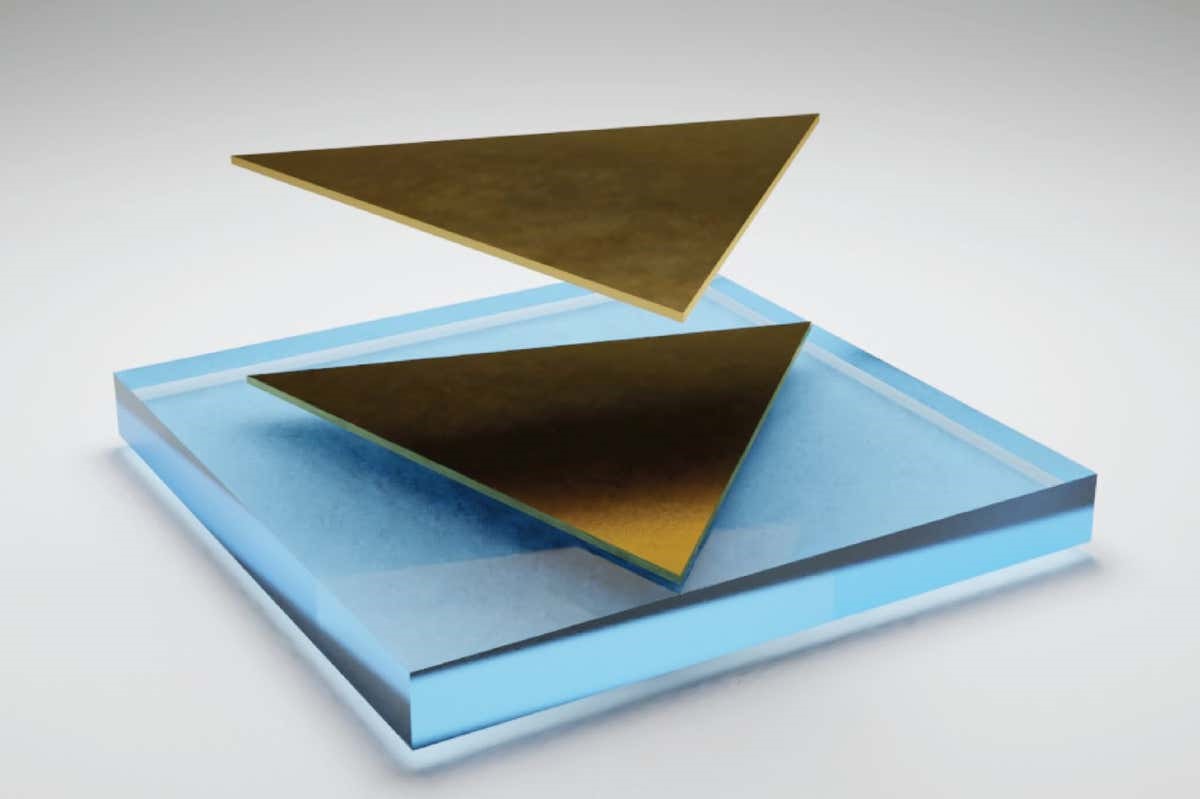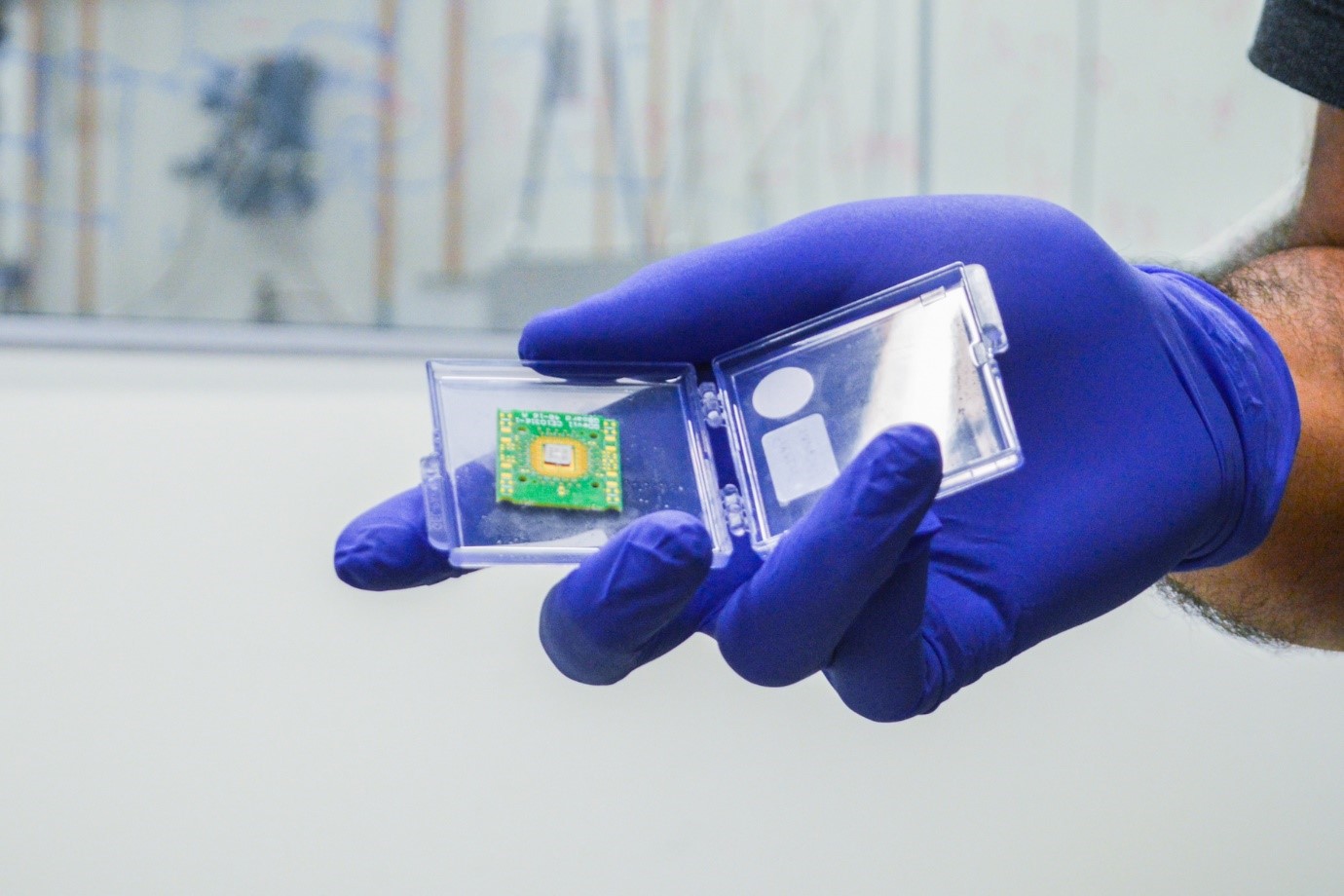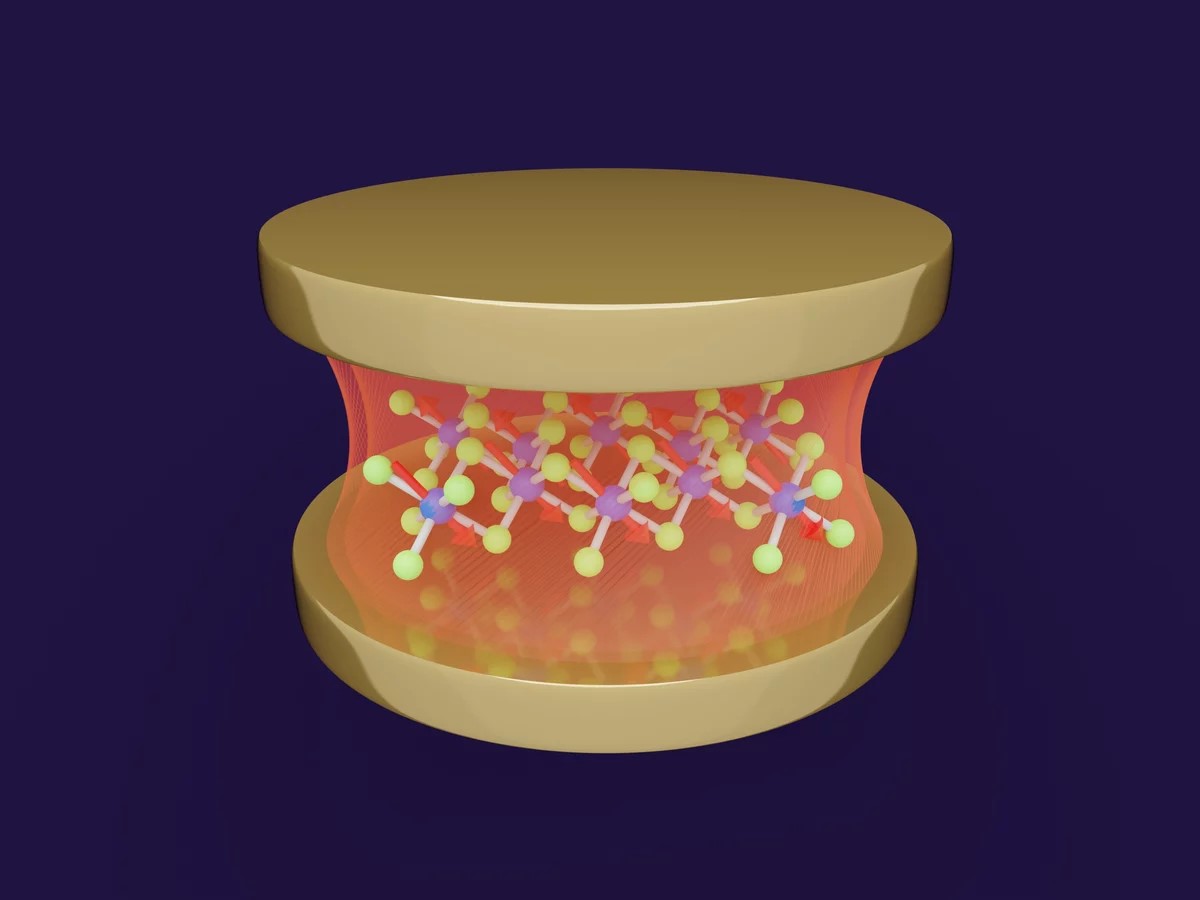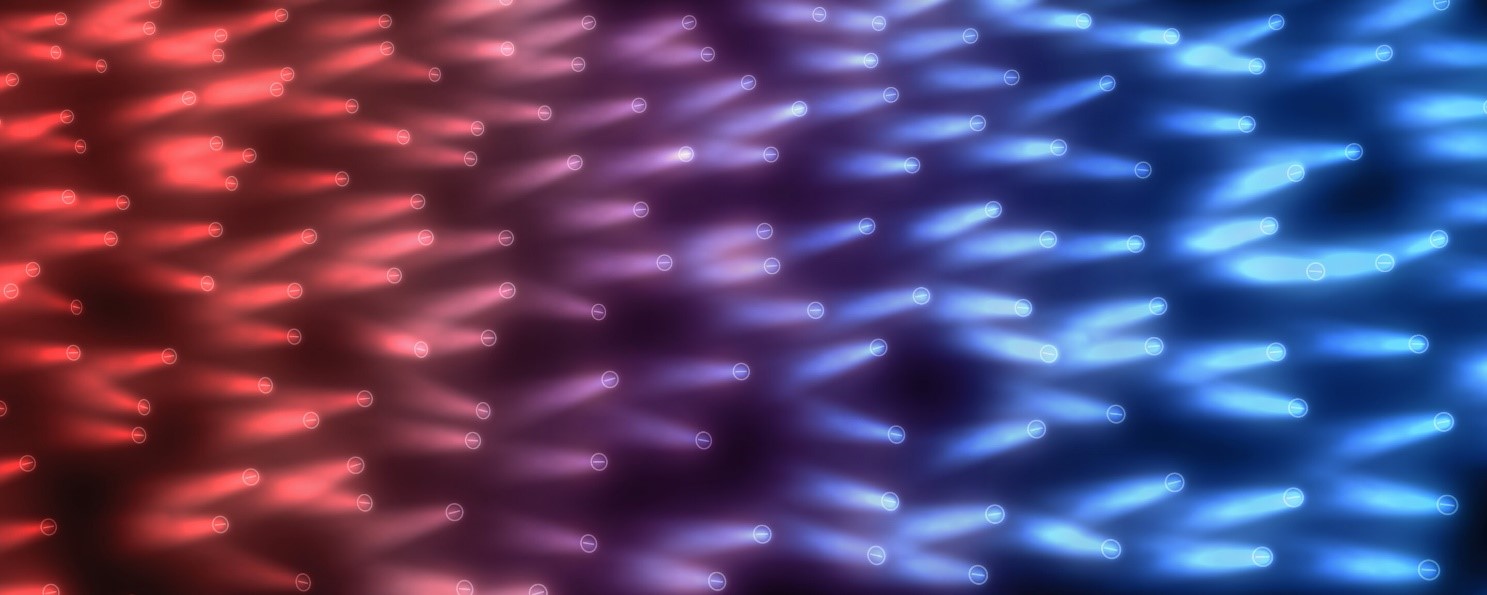Physicists Pioneer Revolutionary Device for Cutting-Edge Quantum Computing
Scientists have achieved a notable breakthrough in quantum computing by modifying a microwave circulator to finely regulate the nonreciprocity between a qubit and a resonant cavity. This advancement not only improves control capabilities within quantum computers but also streamlines theoretical frameworks for forthcoming investigations. Led by the University of Massachusetts Amherst, a team of scientists has repurposed a microwave circulator for quantum computing applications. This adaptation marks the first instance where researchers can finely adjust the level of nonreciprocity between a qubit, the foundational element of quantum computing, and a microwave-resonant cavity. The capacity to precisely regulate nonreciprocity stands as a crucial asset in quantum information processing.
Through this endeavor, the team, in collaboration with researchers from the University of Chicago, formulated a comprehensive and broadly applicable theory. [1] This theory not only simplifies but also extends previous understandings of nonreciprocity. Consequently, future investigations in similar domains can leverage the team's model, even when employing different components and platforms. The findings of this research were recently published in Science Advances. Quantum computing fundamentally diverges from conventional bit-based computing prevalent in our daily activities. In standard computing, a bit denotes a piece of information typically denoted as either a 0 or a 1, forming the foundation of software, websites, and emails in our electronic realm.

Figure 1. Quantum Computing Hardware Development
Figure 1 shows Quantum Computing Hardware Development. In contrast, quantum computing operates on "quantum bits," or "qubits," which resemble conventional bits but are represented by the "quantum superposition" of two states of a quantum object. Matter in a quantum state behaves distinctly, enabling qubits to transcend the binary limitations of 0s and 1s. Instead, they can exist simultaneously as both states, a phenomenon that may sound fantastical but is rigorously defined by the principles of quantum mechanics. This attribute of quantum superposition underscores the enhanced computational capabilities of quantum computers.
Moreover, a phenomenon known as "nonreciprocity" opens up further opportunities for quantum computing to harness the potential of the quantum realm. “Imagine a dialogue between two individuals,” explains Sean van Geldern, a graduate student in physics at UMass Amherst and one of the paper’s authors. “Total reciprocity occurs when each participant shares an equal amount of information. Nonreciprocity arises when one party shares slightly less than the other.” “This is particularly advantageous in quantum computing,” adds senior author Chen Wang, assistant professor of physics at UMass Amherst, “because many computing scenarios require ample data access while preventing anyone from altering or compromising that data.”
To regulate nonreciprocity, lead author Ying-Ying Wang, a graduate student in physics at UMass Amherst, and her colleagues conducted a series of simulations to identify the necessary design and characteristics of their circulator for adjusting its nonreciprocity. [2] Subsequently, they constructed the circulator and conducted numerous experiments not only to validate their concept but also to comprehend precisely how their device facilitated nonreciprocity. Throughout this process, they refined their model, originally comprising 16 parameters detailing the construction of their specific device, into a simpler and more universal model with only six parameters. This revised, more general model is significantly more versatile than the initial, more specific one, as it is applicable to a wide range of future research endeavors.
The "integrated nonreciprocal device" developed by the team resembles a "Y" shape. Positioned at the center of the "Y" is the circulator, functioning akin to a traffic roundabout for the microwave signals that mediate quantum interactions. One arm of the "Y" houses the cavity port, which is a resonant superconducting cavity containing an electromagnetic field. Another arm accommodates the qubit, printed on a sapphire chip. The third arm serves as the output port.
“When we manipulate the superconducting electromagnetic field by bombarding it with photons,” explains Ying-Ying Wang, “we observe a predictable and controllable response from the qubit, allowing us to finely adjust the desired level of reciprocity. Additionally, our simplified model effectively describes our system, enabling the calculation of external parameters to fine-tune the exact degree of nonreciprocity.” "This marks the inaugural showcase of integrating nonreciprocity into a quantum computing device," states Chen Wang. "It paves the way for the development of more advanced quantum computing hardware."
References:
- https://scitechdaily.com/physicists-develop-groundbreaking-device-for-advanced-quantum-computing/
- https://www.umass.edu/news/article/researchers-led-physicists-umass-amherst-build-new-device-foundation-quantum-computing
Cite this article:
Janani R (2024), Physicists Pioneer Revolutionary Device for Cutting-Edge Quantum Computing, AnaTechMaz, pp.125


